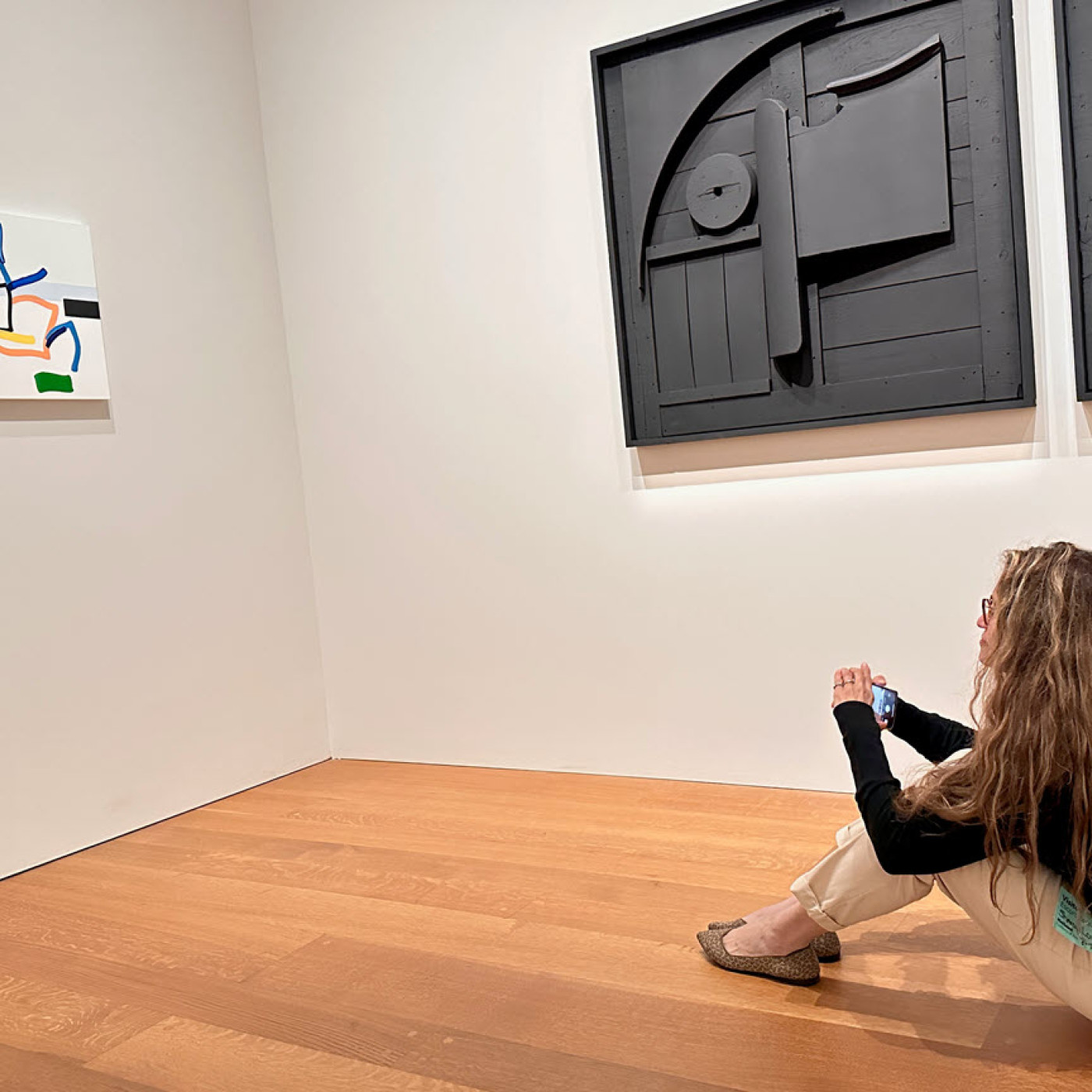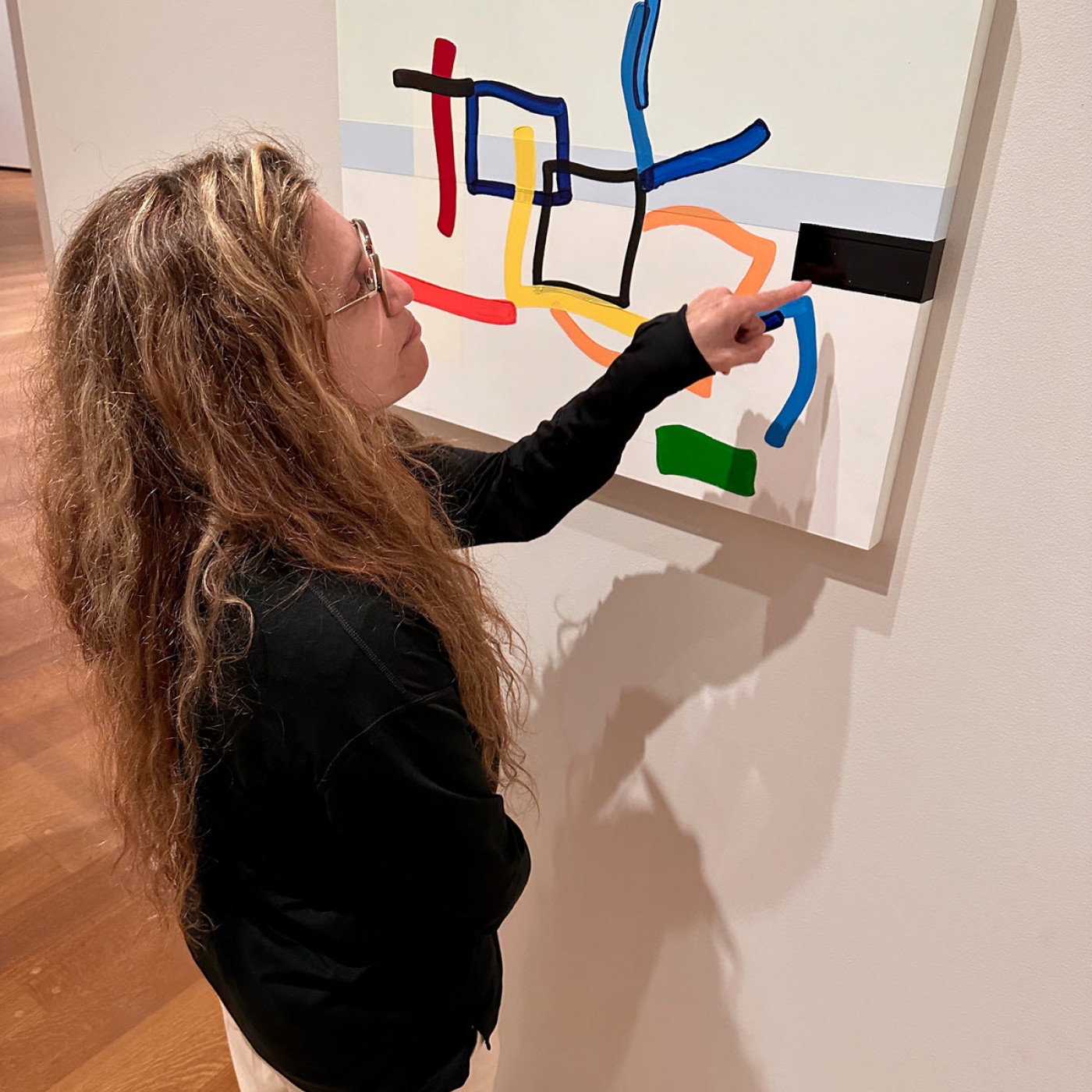Cover Your Assets Establish a Corporation To Protect Your Wealth

For all the talk about how the art world is an industry and artists should think of themselves as being in business, examples of corporate behavior by artists often come as a surprise.
It should not be so surprising when artists — the definition of sole proprietors if ever there was one — establish their practices as limited liability companies, or LLCs. A growing number have done so to obtain bank loans; insurance for themselves, their artwork, and any employees; and for protection of their personal assets from liability and copyright infringement claims that may come from who knows where.
Artists like to dream about the wonderful things that may take place in their careers — the big sale, the museum retrospective, seeing their artwork on the cover of an art magazine. But not everything that happens is good.
Someone slips while visiting their studios and gets hurt. Their sculpture tips over and hits someone. They get sued by someone who has not been paid or who claims copyright or trademark infringement. Or something else. A single adverse judicial ruling can cost almost everything they own.
With an eye on protecting themselves from one type of mishap or another, more artists have set up business entities. In 2014, Sharon Louden the Brooklyn, New York, sculptor became Sharon Louden, LLC. This means if someone sues Louden the artist, they can only go after the assets in the corporation in which she is the principal or sole shareholder rather than seize Louden’s belongings, such as her home and its contents, retirement account, bank account, and whatever else she has.
Sharon “had a large museum project and realized that we should have the protection of our personal assets by using an LLC,” said Vinson Valega, her husband and project manager, as well as a jazz musician in his own right. “We had always known that we should be doing our large projects under the protection of an LLC, but for some reason, only got around to it in October 2014. Now all of our contracts are written under the LLC.”
Why Incorporate?
It is an idea a growing number of lawyers are recommending to their artist clients. “First and foremost, artists look to form corporate entities in order to shield their personal assets from legal judgments and creditors,” said Robert Powers, a lawyer and partner in the Virginia-based law firm McClanahan Powers that represents some visual and performing artists.
Some of his artist clients have been sued for breach of contract — they did not do something they promised to do — or for nonpayment, as well as for copyright infringement. “The legal entity limits their exposure” to what the corporation itself owns and controls, he said.
There are several types of corporate entities, such as partnerships and S Corporations, that tend to have more than one shareholder. Most artists tend to set up limited liability companies.
“LLCs generally are used for one-man shops,” Powers said. In all cases, the LLC is the employer and the artist the employee. When a sale or commission is made, that money is paid directly to the corporate entity, which then pays the artist, either in a lump sum or in increments as a salary, with the artist paying taxes on that money as ordinary income. A salary or guaranteed payment schedule tends to be taxed at a lower rate than a one-time distribution.

Not all the money transfers directly through to the artist. The corporate entity retains some cash to purchase materials for artmaking, health insurance, workers' compensation, commercial premises, liability insurance, and to hire employees or consultants, such as accountants, engineers, and lawyers.
If it is written into the corporation’s operating agreement, the corporate entity also may own the artist’s artwork and archives. The fact his S Corporation owned the entire body of work was helpful to sculptor James G. Moore when he and his wife divorced in 2015. She was not a partner or officer in the corporation, and the split of their marital estate did not result in Moore losing half of his artwork or otherwise adversely affecting his career, according to his father and business manager, Don Moore.
The corporate entity owning most, or all the artwork, also is beneficial for estate planning, said Boston lawyer Steven Ayr, as the objects and intellectual property rights to them “will not go through the standard probate process, saving the estate those costs.” The operating agreement would identify what the artist intends for the corporate assets after he or she is dead — these objects will go to this person or that institution, the copyright will be controlled by someone or something else.
Asset and Liability Protection
Setting up a corporate entity does not occur naturally to every artist. Ralph Helmick, a sculptor in Newton, Massachusetts, was commissioned to create more than a dozen public artworks without thinking about incorporating.
However, “I started doing larger projects, and the client contracts contained clauses that referred to liability and indemnity, which got me a bit concerned. I ran those contracts by a lawyer, who explained to me what could happen to me if someone got hurt on one of my sculptures.” Neither Helmick nor his corporation, Helmick Sculpture, LLC, has ever been sued, but having a “firewall between my business and my personal assets” has taken one large worry away, he said.
